Mercado Jungang de Gyeongju (경주 중앙시장)
7.6Km 2025-03-17
Geumseong-ro 295, Gyeongju-si, Gyeongsangbuk-do
Gyeongju Oreung Hanok (경주오릉한옥)
7.6Km 2025-07-18
12-17, Gukdang 2-gil, Gyeongju-si, Gyeongsangbuk-do
Oreung Hanok in Gyeongju, is a guesthouse just across Namcheon Stream from Gyeongju’s Five Royal Tombs (‘oreung’ in Korean). The guesthouse’s location gives it a panoramic view not only of the tomb complex but over much of the 1,000 year old city of Gyeongju. The cozy rooms have double doors to block drafts and noise, and clean white bedding; while the spacious yard outside is a good spot for taking photos. The bustling Hwangnidan Street is a 15-minute walk away, while must-see sites Cheomseongdae, the Daereungwon tomb complex, Donggung Palace and Wolji Pond are 10 minutes away by car.
Tumbas Reales Oreung de Gyeongju (경주 오릉)
7.6Km 2025-03-19
Geumseong-ro 38-9, Gyeongju-si, Gyeongsangbuk-do
Solar del Pabellón Poseokjeong de Gyeongju (경주 포석정지)
7.9Km 2025-06-25
Namsansunhwan-ro 816, Gyeongju-si, Gyeongsangbuk-do
Se levanta sobre una roca cerca de un arroyo, y Poseokjeong (superficie de 7.432 ㎡) fue designado monumento privado nº 1 el 21 de enero de 1963. La ubicación es la que había tenido el palacio de la villa real de la dinastía Silla (57 a.C.-935), pero las edificaciones ya no existen más y solo queda en el lugar un trayecto de agua con una roca de forma de concha. Poseokjeong fue denominado de esta forma porque las canaletas de la roca se semejaban a las rugosas conchas de abulón. Poseokjeong está construido con 63 rocas. Tiene un ancho de 35 cm, y una profundidad media de 26 cm, y la longitud total alcanza los 10 m. Se dice que el agua del curso del valle de Namsan fue traída hasta aquí haciendo que saliese a borbotones a través de una piedra tortuga. Pero la tortuga ya ha desaparecido. Se dice que los reyes de Silla iban al lugar acompañados de sus oficiales y nobles, y que hacían flotar sus copas de vino sobre el borbotón del agua que fluía por la canaleta de piedra y antes de que su copa flotante llegara ante sí, debía recitar un poema. Junto con Poseokjeong, el Valle de Poseok era muy querido por la gente de los días de Silla por sus limpias aguas y hermosos paisajes. Por todo ello, el palacio de la villa real durante el reino de Silla fue construido aquí. Hoy en día, los árboles de zelcova, pino y bambú preservan el aire acogedor y relajante del lugar.
REVERTAIN HOTEL GYEONGJU[Korea Quality] / 리버틴호텔 경주[한국관광 품질인증]
7.9Km 2020-12-12
23, Taejong-ro 685 beon-gil, Gyeongju-si, Gyeongsangbuk-do
+82-54-620-8988
Rivertain Hotel Gyeongju is a business hotel that is distinguished by its convenient access and practical facilities, as it is located only 5 min away from Gyeongju Intercity Bus Terminal and 10 min away by foot to Hwanglidangil Street and Daereungwon Ancient Tomb Complex, Cheomseongdae Observatory, Donggung Palace, and Wolji Pond. Gyeongju World Culture Expo Park is also just a 20 min drive away. There are various room types offered, ranging from Standard to Twin, Triple, Suite, Suite Terrace, and Barrier-free. All rooms are furnished with a gray and brown-toned interior for comfort and equipped with premium mattresses, plush handmade goose down bedding, and stylers. In addition to work desks, the rooms are also furnished with a tea table and sofa for conventional tourists as well as business clients. Moreover, Rivertain Hotel Gyeongju is notable for having a full Barrier-free room for unobstructed travel. On-site facilities include a restaurant and a café, where guests can enjoy a 30% discount on coffee. The breakfast table is the hotel’s other source of pride, put together with care and mastery. It is a Korean buffet spread full of delectable dishes, as well as bread, yogurt, fruits, and breakfast cereal.
SILLA BOUTIQUE HOTEL PREMIUM [Korea Quality] / 신라부티크호텔 [한국관광 품질인증]
8.0Km 2025-01-02
200, Gangbyeon-ro, Gyeongju-si, Gyeongsangbuk-do
+82-54-745-3500, +82-54-624-3366
Silla Boutique Premium Hotel is a family-friendly hotel with children's facilities. The Premium Kids Deluxe and Premium Kids Suite Rooms are furnished with a low bed for the safety of children. The hotel has a total of 31 rooms with white and wood-toned interior. There are various room sizes such as Premium Double Bed Room for two and Premium Corner Suite Room for six. Hotel guests can bathe and use the sauna facilities in the spa SpaLux in the hotel building for free and buy everyday necessities from the 24-hour convenience store on the first floor. It’s a mere 5-minute walk from the Bus Terminal and only a 20-minute bus ride from Singyeongju Station. Most of the popular tourist destinations in Gyeongju City are within a 20-minute bicycle ride from the hotel as well.
Centro de Arte de Gyeongju (경주예술의전당)
8.0Km 2025-05-26
Alcheonbuk-ro 1, Gyeongju-si, Gyeongsangbuk-do
El Centro de Arte de Gyeongju cuenta con 3 escenarios grandes para espectáculos y diferentes espacios para albergar exhibiciones y presentaciones artísticas. Fue abierto el 6 de noviembre de 2010.
Monte Namsan de Gyeongju (경주 남산)
8.2Km 2021-05-14
Namsan-dong, Gyeongju-si, Gyeongsangbuk-do.
+82-54-771-7142
El monte Namsan de Gyeongju está situado al sur de esta ciudad, que en la antigüedad era un sitio religioso y de suma importancia para la población del reino de Silla. Los picos más altos son el pico Geumobong (468 m) y el pico Gouibong (494 m), de los cuales brotan las aguas que recorren aproximadamente 40 valles y distintas cordilleras que forman la montaña. Observada desde arriba, presenta una forma ovalada y su extensión más al sur hace que la montaña se vea como un triángulo rectángulo.
La ladera de la parte oeste de la montaña es el lugar que dio paso a la leyenda de Bak Hyeokgeosae, el primer rey de Silla; y el patio Poseokjeong es el sitio trágico donde empezó la caída de la milenaria ciudad. Al este de la montaña, se encuentran distintas estatuas de Buda como Borisa Seokbuljwasang, la roca Bulmusa de Buda, etc; y al sur hay 12 tesoros nacionales como Chilbulam Maeseokbul, 12 sitios históricos como el patio Poseokjeong, Najeong, 9 patrimonios culturales locales y 1 importante legado histórico.
No solo sus ruinas y patrimonios sorprenden a los visitantes, sino también los senderos variados y los hermosos paisajes creados por diferentes valles y rocas, que son otro de los encantos que presenta la montaña. Muchos turistas elogian este tesoro diciendo “Para conocer Gyeongju, hay que subir primero el monte Namsan”. Por ello, este monte es considerado como el punto de origen del antiguo reino de Silla, que permitió unir la naturaleza y las creencias religiosas para crear una cultura milenaria única.
Tumbas Samneung de Bae-dong en Gyeongju (경주 배동 삼릉)
8.7Km 2021-06-10
Bae-dong 73-1, Gyeongju-si, Gyeongsangbuk-do
+82-54-779-6100
Samneung significa "tres tumbas reales", y en este caso hace referencia a la de tres reyes del reino de Silla: Adala (8º de la dinastía), Sindeok (53º rey) y Gyeongmyeong (54º).
Tumba del General Kim Yushin (경주 김유신묘)
8.9Km 2024-12-05
Chunghyo 2-gil 44-7, Gyeongju-si, Gyeongsangbuk-do.
La tumba del general Kim Yushin (595-673) está designado como Sitio Histórico. Se localiza en una escénica área llena de pinos en la colina este del monte Songha. Conocido como el héroe de la dinastía Silla, el general Kim Yushin fue el biznieto del rey Guhae, el último rey de la dinastía Gaya Geumgwan, y el hijo de Seo Hyeon, el gran general de la dinastía Silla. Yushin se alisto a los Hwarang (cuerpo de militares jóvenes aristócratas) a los 15 y empezó a soñar maneras para unificar la península de los Tres Reinos. Kim Yushin ganó su apoyo político mediante el establecimiento de una sólida relación con el noble Kim Chunchu y se hizo un nombre por sí mismo a través de su valor en el campo de batalla.
Cuando Kim Chunchu ascendió al trono como el 29º rey de la dinastía Silla (cambiando su nombre por rey Muyeol), Kim Yushin emergió de las filas y fue ascendido finalmente a la posición de Sangdaedeung (en el año 660, séptimo año del rey Muyeol). Kim Yushin, luego pasó a la derrota de Baekje en cooperación con la dinastía Tang, también más adelante la conquista de Goguryeo (año 668). La dinastía Tang, se volvió en contra de Silla tras la caída de Goguryeo, pero fue derrotado por el ejército de Kim Yushin junto con la armada de Goguryeo y Baekje. Con la caída de Tang, Kim Yushin finalmente realizó su sueño y unificó los tres reinos y fue nombrado al más alto puesto del gobierno de Silla en honor de su hazaña heroica.
La tumba del general Kim Yushin es una larga tumba que mide unos 30 metros de diámetro. Los relieves de los 12 dioses del zodiaco orientales (mitad hombre, mitad animal) hacen de guardianes alrededor de la tumba, blandiendo de armas. La tumba es la segunda en grandeza. Lo más importante de Yushin fue la contribución a la unificación de los Tres Reinos.
El camino hacia la tumba es un recorrido que no se puede escapar. Este camino tiene el nombre de Heungmuro, y ha sido seleccionado como uno de los 100 caminos más atractivos de Corea. El camino está lleno de cerezos en primavera y es famoso por ser un gran lugar para pasear o pasar en coche.
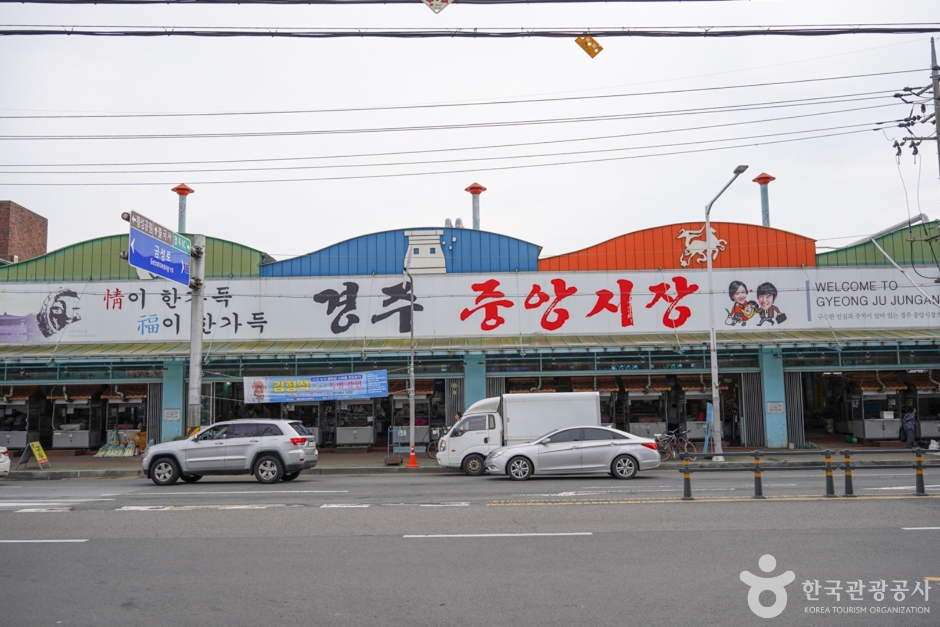
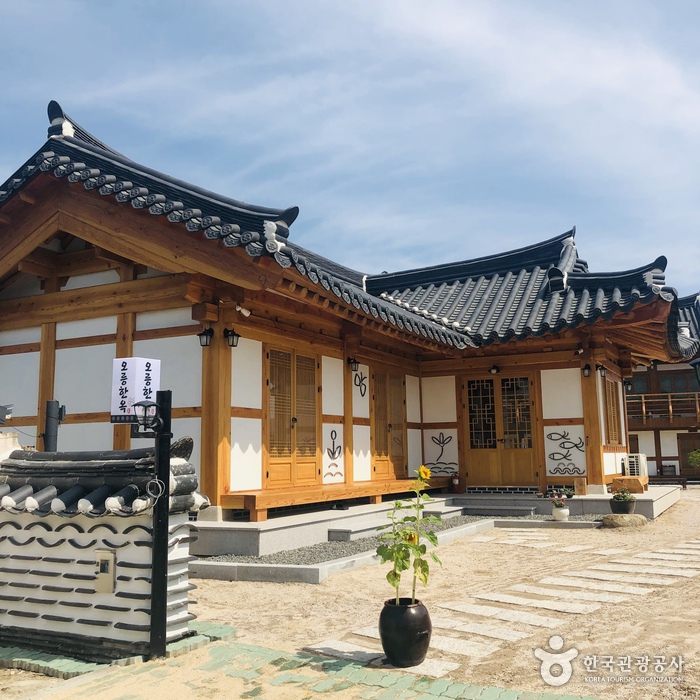
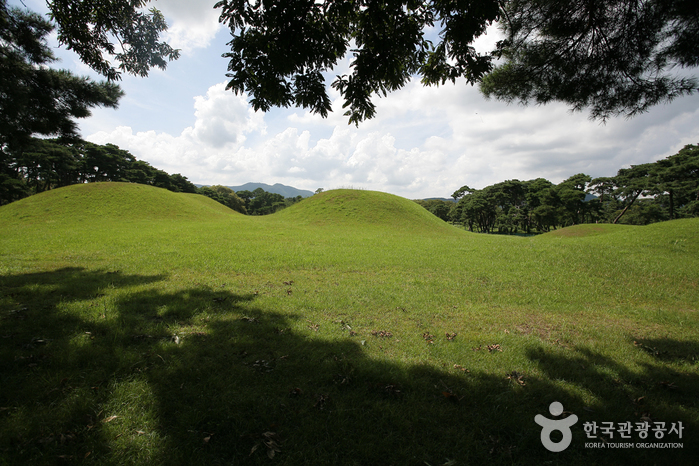
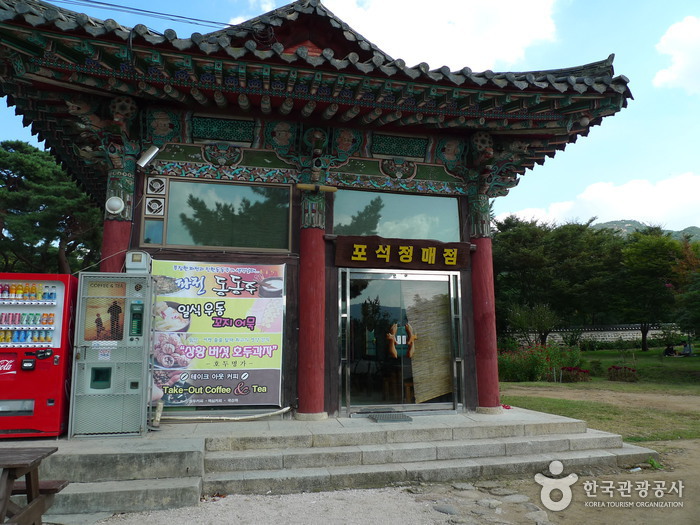
![REVERTAIN HOTEL GYEONGJU[Korea Quality] / 리버틴호텔 경주[한국관광 품질인증]](http://tong.visitkorea.or.kr/cms/resource/41/2652441_image2_1.jpg)
![SILLA BOUTIQUE HOTEL PREMIUM [Korea Quality] / 신라부티크호텔 [한국관광 품질인증]](http://tong.visitkorea.or.kr/cms/resource/53/2559353_image2_1.jpg)

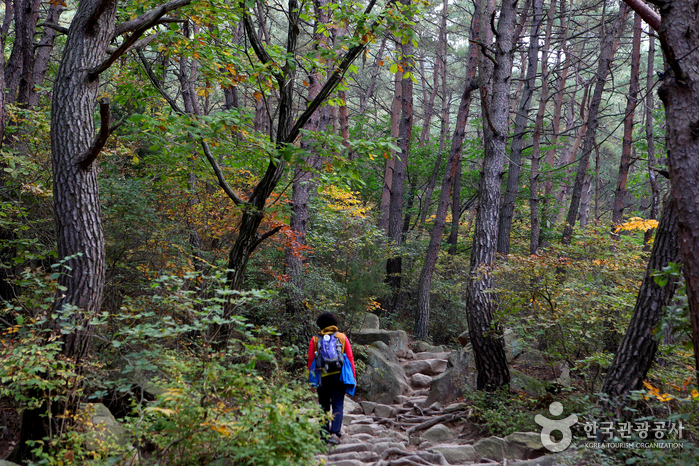
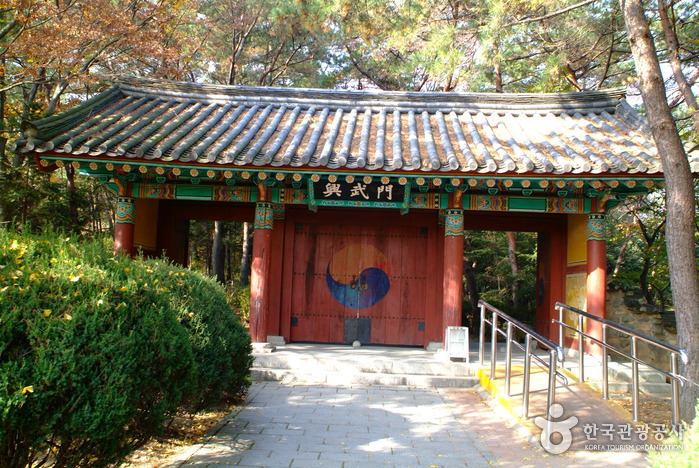
 Español
Español
 한국어
한국어 English
English 日本語
日本語 中文(简体)
中文(简体) Deutsch
Deutsch Français
Français Русский
Русский